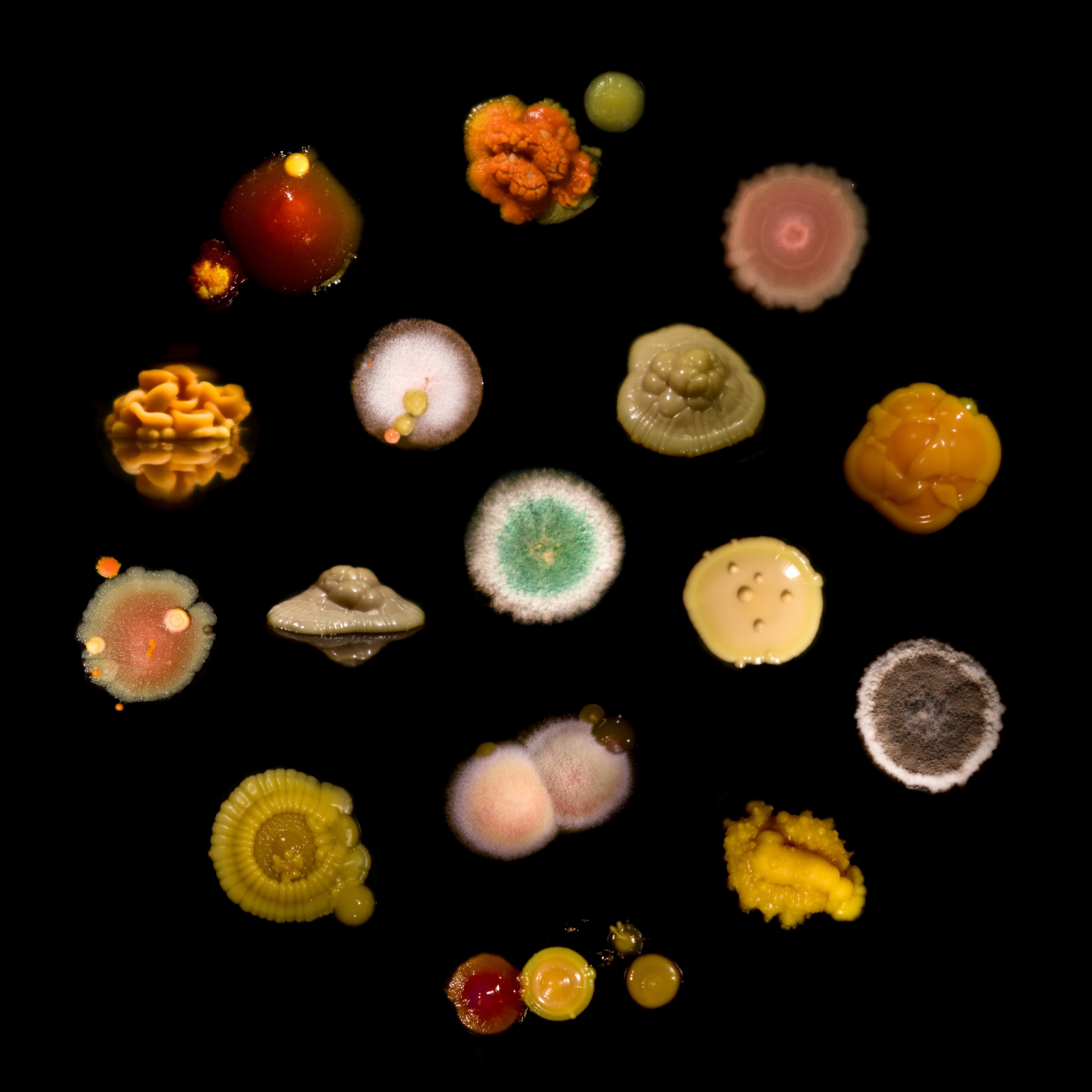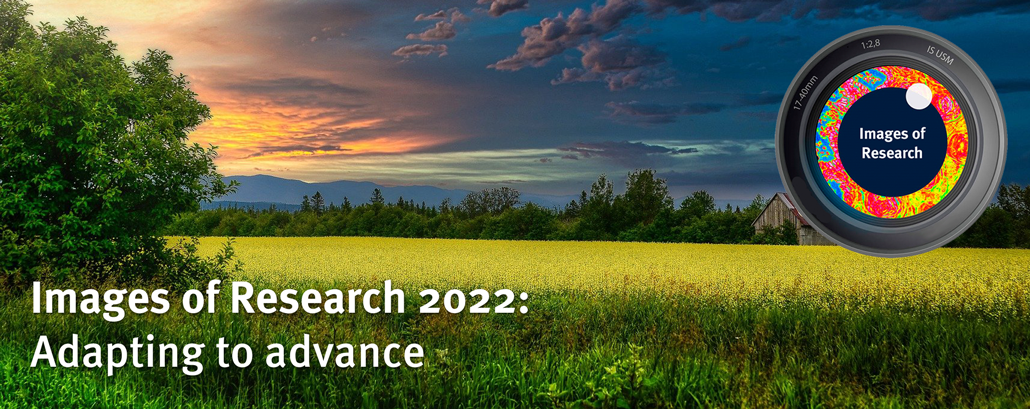Your image has drawn your audience in and now your text needs to tell them what they want to know.
Text to support your image - overview of requirements
| Element | Limit | Guidance |
| Title or headline | 2 - 5 words |
This will be embedded on your image by the design team Try to make your title as compelling and intriguing as your image. It could be simple but insightful, such as ‘Innovation through humour’. It might be thought-provoking, such as ‘Inner sorrow, outer smile’ (Laura del Carpio’s 2017 entry title, highlighting the psychological struggles of those who are grieving) or pose a question, such as ‘Parasites: friends of foe?’ to peak audience interest. |
| Three sentence story | 50 - 70 words |
This will be embedded on your image by the design team With such a small amount of text, it’s important to get straight to the point and focus on the most important aspects. Try to answer the three questions below in one sentence each:
When the reader approaches the panel, they will probably look at the image first. Your text should take advantage of this by explaining the image first (the specifics) before describing why your research is important (the general). |
| Here's an example from the 2018 competition: |
 |
Title: Battling the bugs (provides some insight but doesn't completely give the game away) Story: This exotic collage of micro-oragnisms is just a sample of the bacteria that exist all around us. (Describes what you can see in the image) Many are harmless but others pose a serious health risk, and their extreme biodiversity can make these difficult to treat and eradicate. (Describes the problem). At Strathclyde, we are developing new disinfection and sterilisation technologies, and antimicrobial drug delivery methods, in order to improve infection prevention and control methods in the global battle against antibiotic resistance. (Briefly sums up the research and its intended impact). |
It is also helpful when writing your text to remember a few things:
Where will your image be displayed?
Following the exhibition launch during Engage with Strathclyde, the images will be displayed in museums, art centres, public spaces and in an online gallery.
Who visits these destinations?
The general public - a cross section of the population. It could be children and their parents or tourists, it's unlikely that many of the visitors will have a detailed understanding of your research.
It is essential you consider this when constructing the story behind your image.
Writing a three sentence "story" is often harder than you think. It is advisable to register your entry as soon as possible (you don’t need to complete it all in one go) so that you can use the entry form pointers to help you get started with writing your text. You can also take advantage of the support from the Images team; drop-in sessions are held across campus during the competition open phase – check the homepage for dates and venues. You can also contact the team at any time, with any queries, at: imagesofresearch@strath.ac.uk


